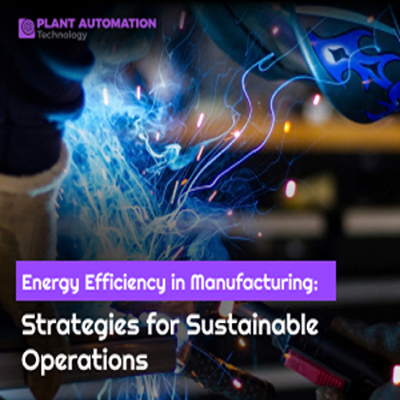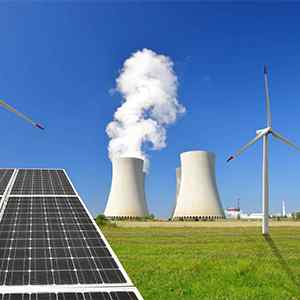Energy Efficiency in Manufacturing: Strategies for Sustainable Operations

In the world of modern industry, the drive for sustainable and environmentally conscious practices has become increasingly critical. Energy efficiency in manufacturing plays a pivotal role in not only reducing operational costs but also minimizing the industry's ecological footprint. By implementing effective energy-saving strategies, manufacturers can contribute significantly to global efforts aimed at creating a greener and more sustainable future for generations to come.
The Significance of Energy Efficiency in Manufacturing
A key approach to boosting energy efficiency lies in the integration of advanced technology. Smart sensors and automation systems enable manufacturers to closely monitor energy usage, identify areas of excessive consumption, and make real-time adjustments. By optimizing machinery operations and reducing unnecessary power usage, these technologies ensure that energy is utilized only when required, thus minimizing wastage.
Integration of Advanced Technology
Furthermore, the adoption of energy-efficient equipment is vital in the pursuit of sustainable manufacturing. Upgrading to modern machinery that is designed to consume less energy can lead to substantial reductions in overall energy consumption. For instance, the installation of energy-efficient lighting, motors, and HVAC systems can significantly cut down electricity usage without compromising the quality of production.
Investing in high-efficiency motors and drives not only reduces energy consumption but also lowers long-term maintenance costs.
| Also Read:Sustainable Manufacturing: Waste & Carbon Strategies |
Upgrading to Energy-Efficient Equipment
Creating a culture of energy awareness among employees is another effective strategy for promoting energy efficiency. Educating workers about the importance of energy conservation and encouraging them to identify and report instances of energy wastage can lead to a more vigilant and conscientious workforce. Simple practices, such as turning off machinery when not in use, regular equipment maintenance, and optimizing production schedules, can collectively contribute to a significant reduction in energy consumption.
Fostering a Culture of Energy Awareness
Implementing a comprehensive energy management system (EnMS) is a crucial step in optimizing energy efficiency. An EnMS allows for the systematic monitoring, analysis, and optimization of energy usage across all operations. By setting specific energy- saving targets and continuously evaluating progress, manufacturers can identify areas for improvement and implement tailored solutions to reduce energy consumption. Regular assessment and adjustment of energy management strategies ensure that manufacturing facilities operate at maximum efficiency while minimizing energy wastage.
Implementing a Comprehensive Energy Management System
Collaborating with external partners and suppliers can also significantly contribute to energy-efficient manufacturing. Engaging with energy service companies (ESCOs) can provide valuable insights into cutting-edge energy-saving technologies and practices. Building strong relationships with suppliers who prioritize sustainable practices and energy-efficient solutions not only ensures the use of eco-friendly materials but also encourages the adoption of sustainable production processes throughout the supply chain.
Collaborating with External Partners and Suppliers
Government incentives and regulatory support are instrumental in driving energy efficiency in manufacturing. Offering tax incentives, grants, and subsidies for the implementation of energy-efficient technologies encourages manufacturers to invest in sustainable practices. Adhering to environmental regulations and standards ensures that manufacturing operations align with the latest sustainability requirements, fostering a more environmentally friendly industrial landscape.
Government Incentives and Regulatory Support
Continuous research and development are crucial for the long-term success of energy-efficient manufacturing. By staying updated on emerging technologies and best practices, manufacturers can proactively integrate innovative solutions that further optimize energy usage and reduce environmental impact. Embracing renewable energy sources, such as solar and wind power, not only reduces reliance on traditional energy but also promotes a more sustainable and environmentally friendly manufacturing ecosystem.
Continuous Research and Development
Conclusion
In conclusion, prioritizing energy efficiency in manufacturing is not only a business necessity but also a crucial step in building a sustainable future. By leveraging advanced technology, upgrading equipment, promoting an energy-conscious workforce, implementing comprehensive energy management systems, fostering external collaborations, and staying abreast of regulatory changes and technological advancements, the manufacturing industry can pave the way for a more efficient and environmentally conscious future.







